Driving along a narrow lane in rural Suffolk, there is no mistaking Jane and Rod Leeds’ garden. Tumbling through the fence and flowing down to the road is a cascade of colourful plants. In the spring the garden teems with trilliums, erythroniums and fritillaries; later the lilies take over before handing the relay to amaryllis and nerines.
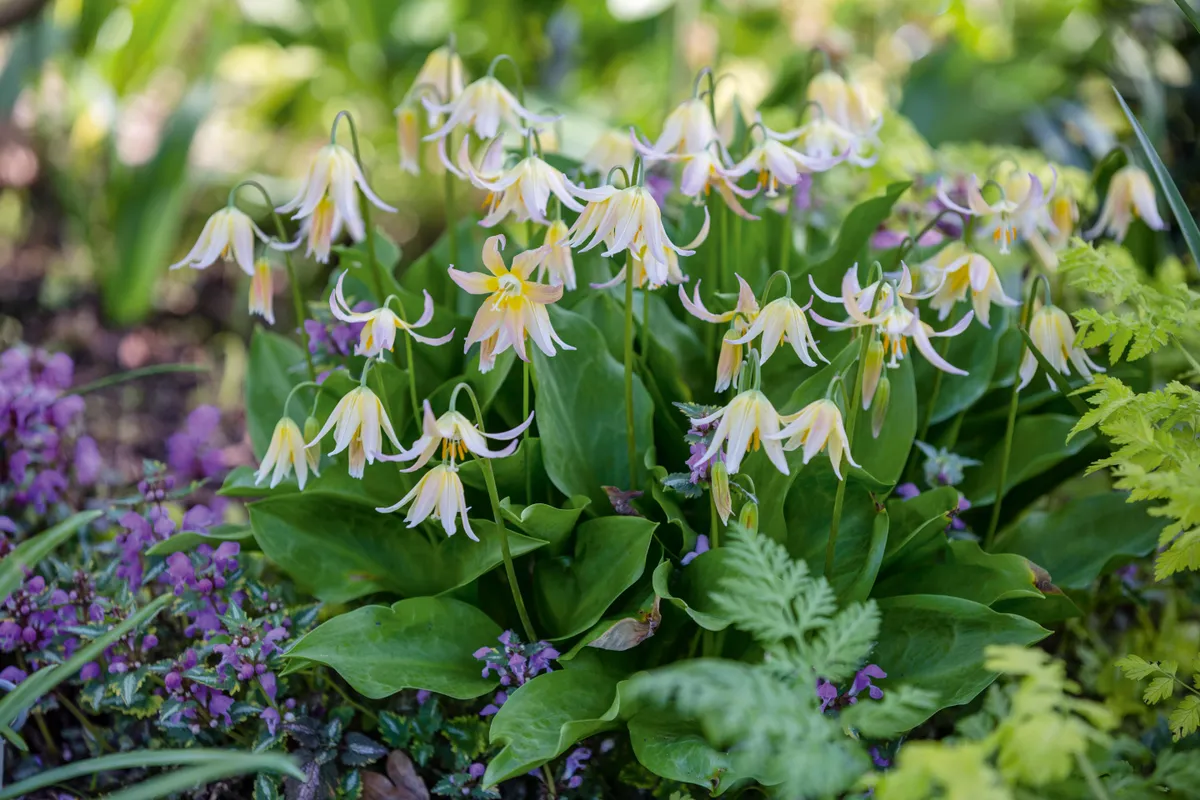
You may also like
- When to plant bulbs
- Where to buy bulbs online
- When to plant summer bulbs and the best to choose
- A bulb planting plan to download
Both Jane and Rod have been involved in the Alpine Garden Society for decades and Rod is the author of several books on growing bulbs. The couple are as full of life as their garden, and happy to share their extensive experience of bulb and alpine growing. No one leaves their garden without having a plant pressed into their hands – I came away with a very elegant autumn-flowering crocus – or benefiting from their down-to-earth, practical advice.
Discover more about the garden below.
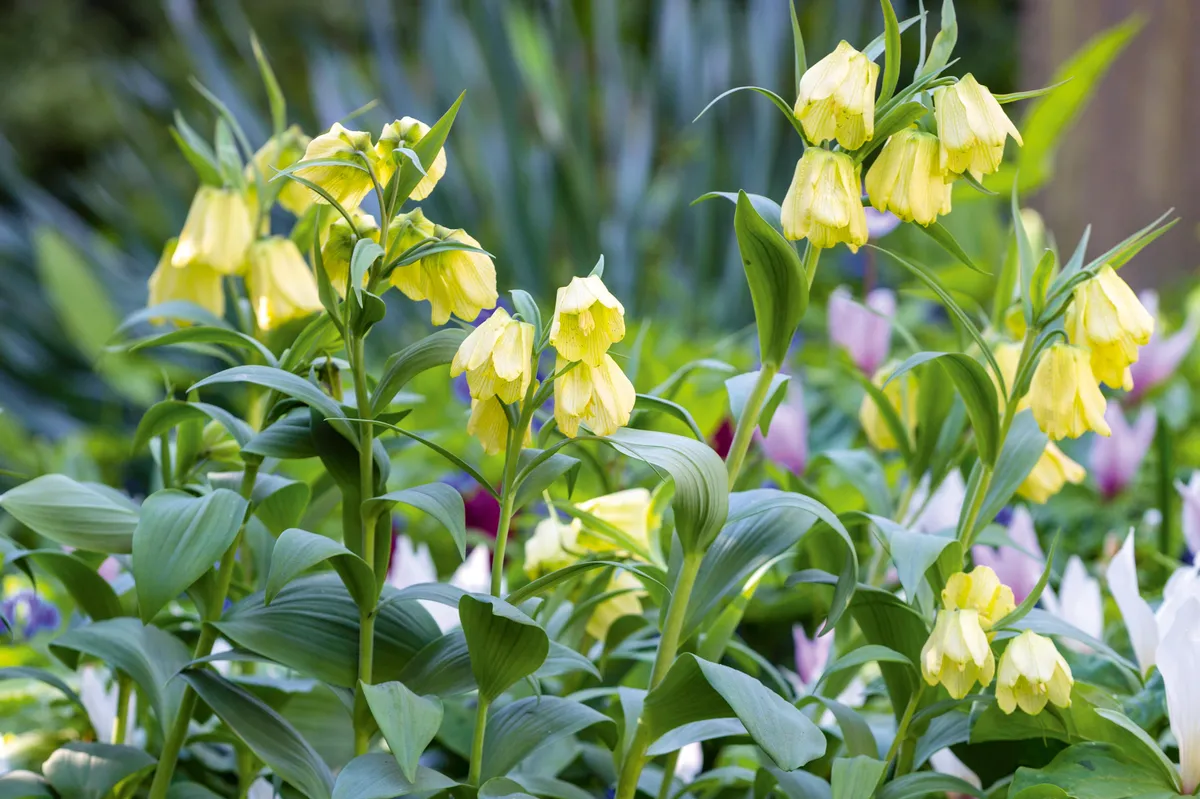
The stout stems and luminous bells of Fritillaria pallidiflora push through clumps of Trillium albidum and the haphazardly wandering Scilla bithynica.
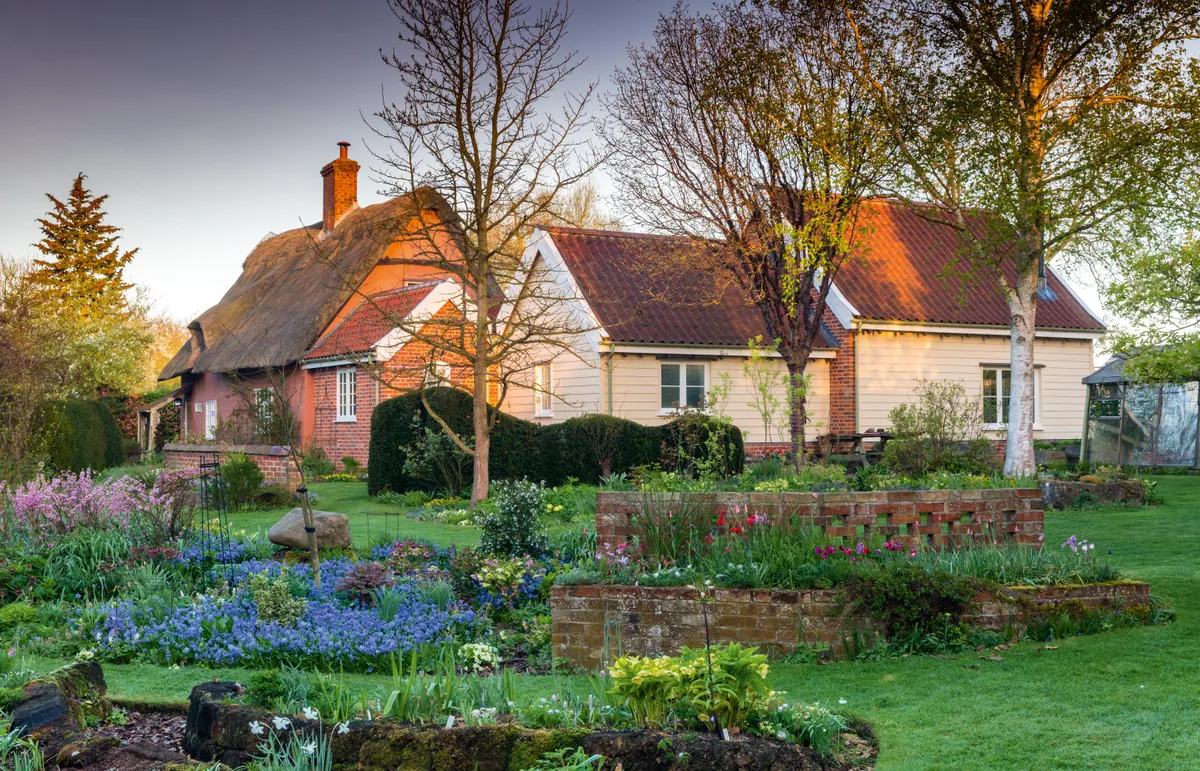
Brick-built raised beds provide additional drainage for those bulbs that need hot and dry growing conditions.
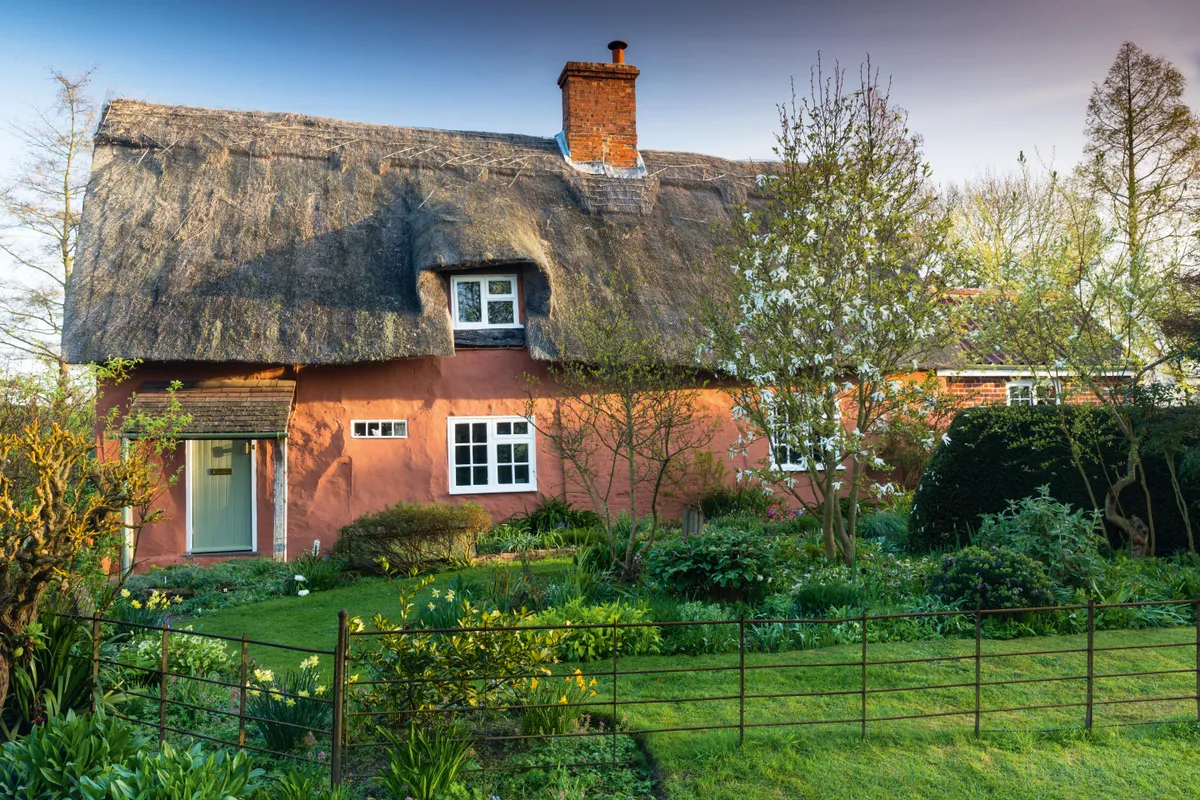
The white-flowering Magnolia salicifolia ‘Wada’s Memory’ dominates the front of the house in spring. It’s underplanted with Helleborus x hybridus among the foliage of later-flowering bulbs.
Bulbs to plant
Fritillaria persica
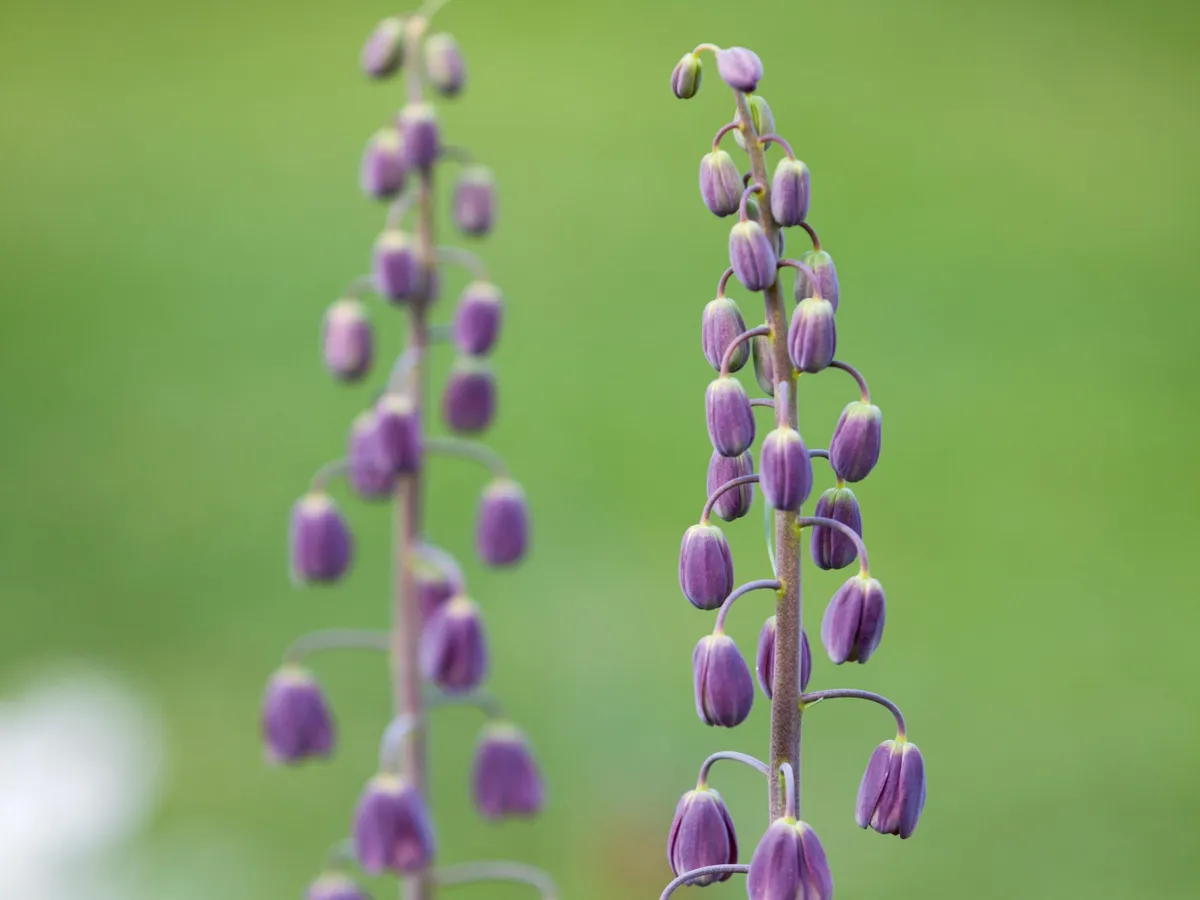
A magnificent tower of dusky purple bells stands over whorls of glaucous-grey foliage. Needs shelter from wind. 70cm. USDA 5a-8b.
Read more about how to grow fritillaria
Uvularia sessilifolia
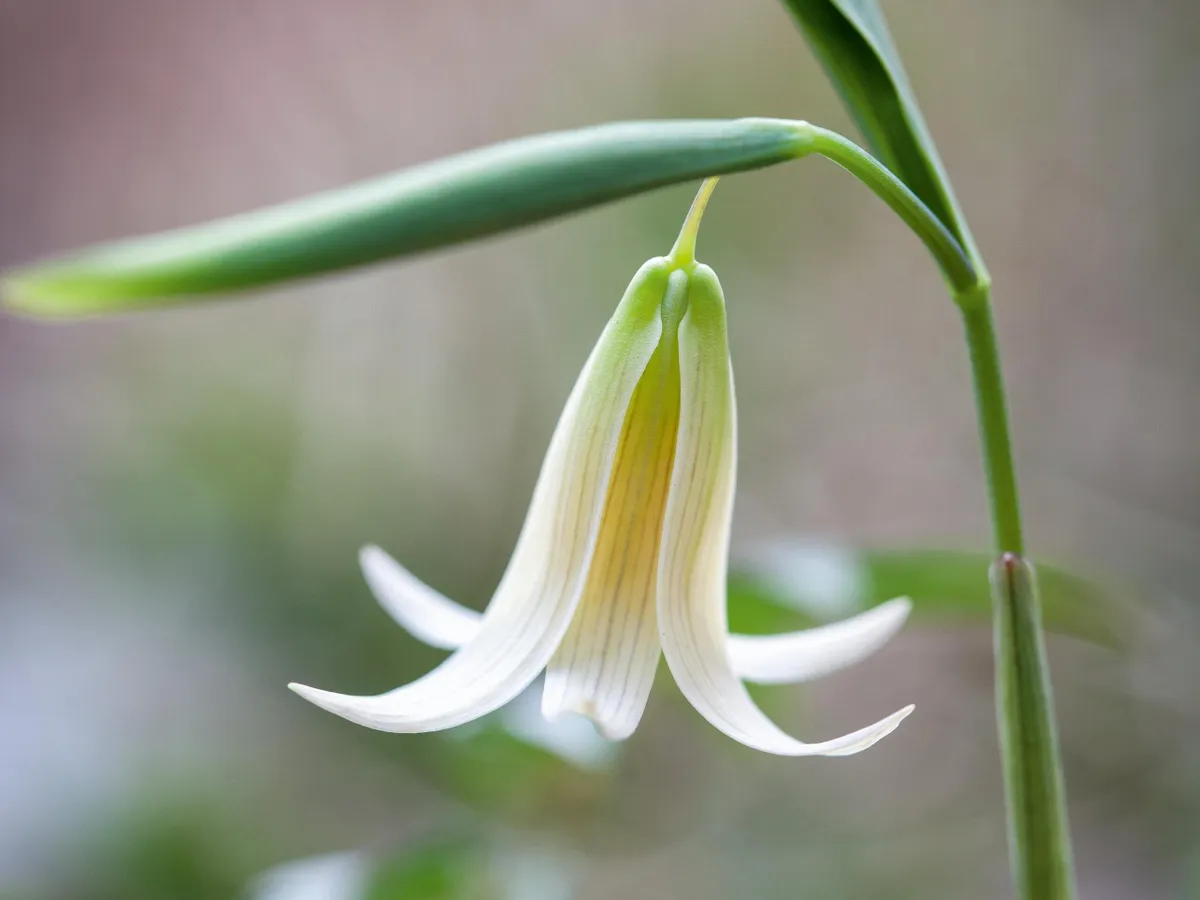
This delicate woodland plant, with elegant, creamy flowers and golden-edged leaves, needs shade and cool, damp, humus-rich soil. 15cm. USDA 4a-9b.
Read more about plants for shade
Erythronium ‘Sundisc’
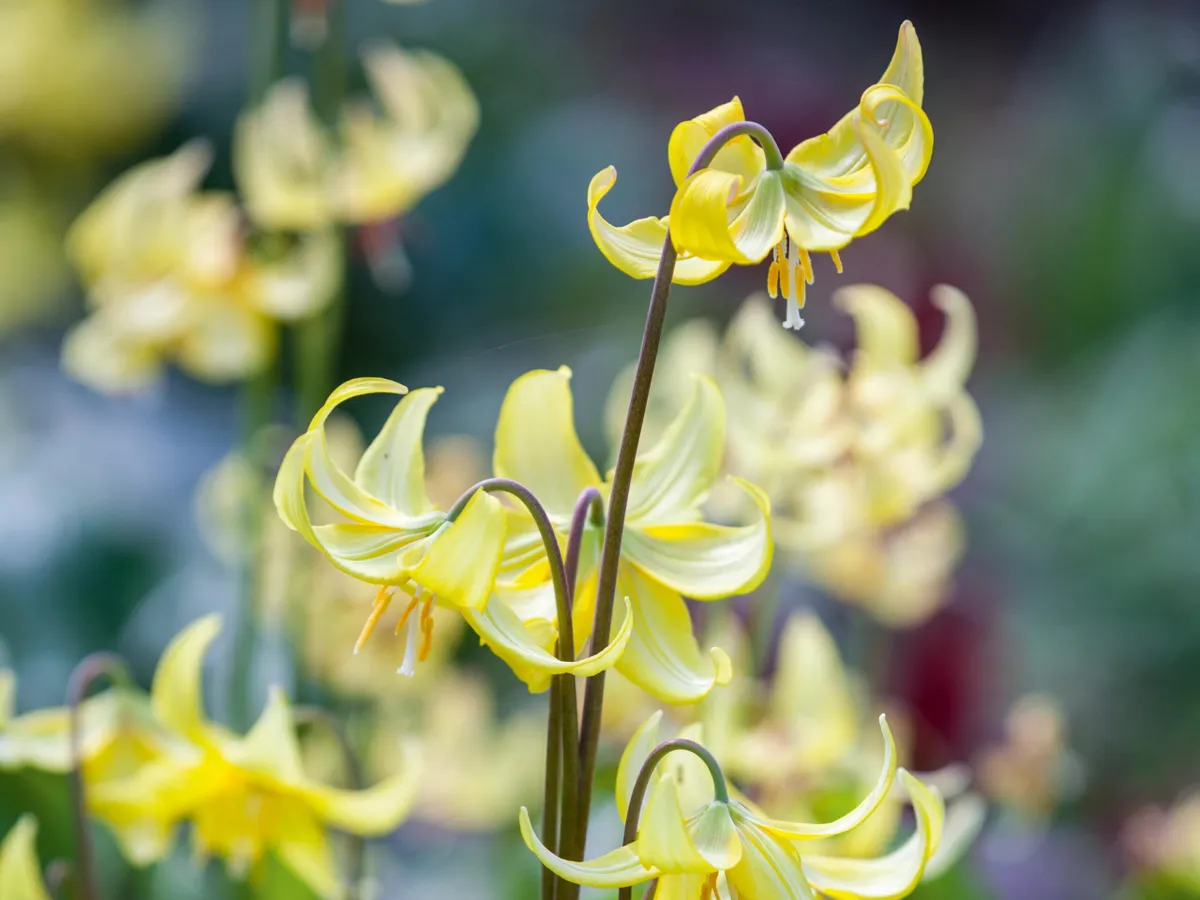
An easy-to-grow, vigorous plant with glossy dark-green leaves that have a maroon marbling. Each graceful stem holds three flowers. 25cm. AGM. RHS H4, USDA 4a-9b.
Here's everything you need to know about growing erythronium
Erythronium ‘Joanna’

A floriferous plant that thrives in humus-rich soil in shade. The inside of the flowers are bright yellow while the back of the petals have a pink sheen. 25cm. AGM. RHS H5, USDA 4a-8b.
Lithophragma parviflorum
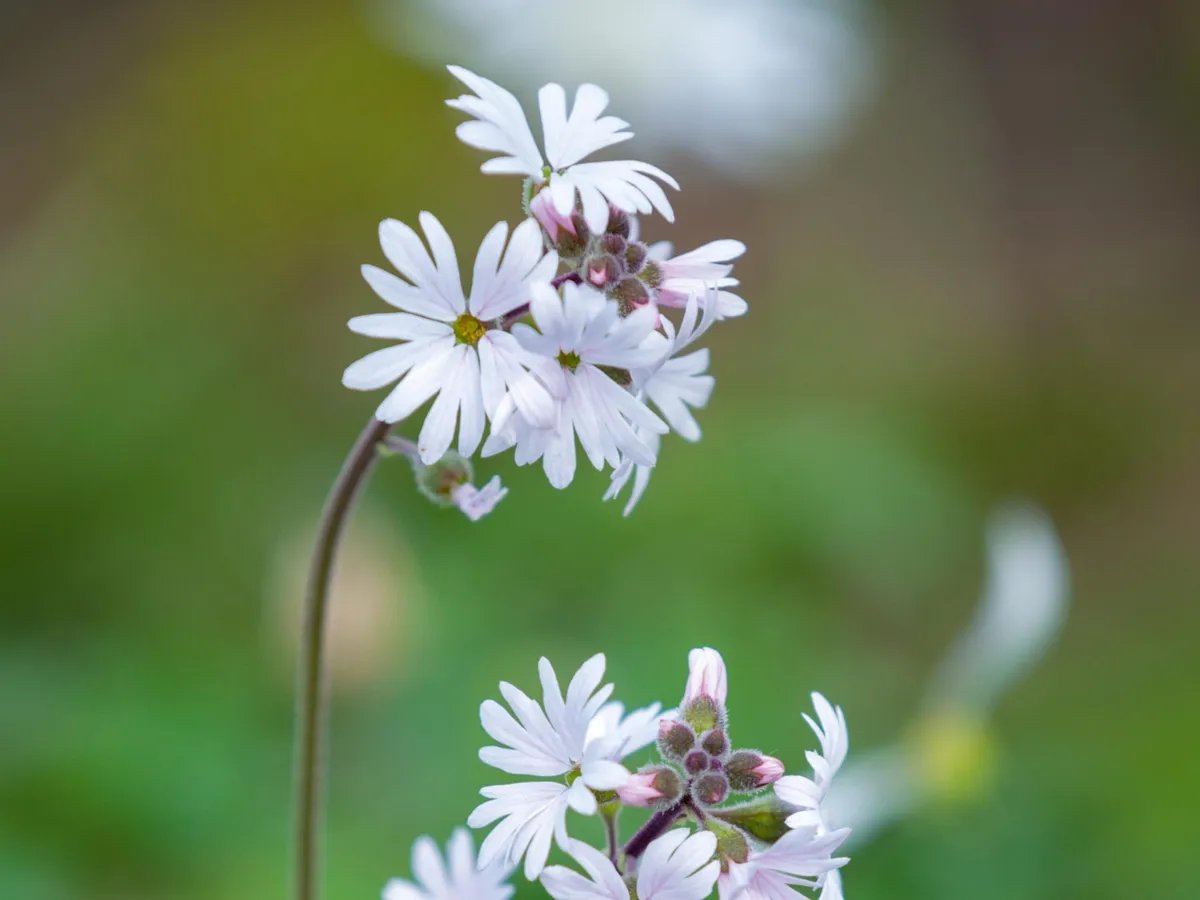
A North American native perennial that is rarely grown in British gardens. Its flowers resemble those of the campion. 20cm. USDA 5a-8b.
Erythronium ‘Janice’
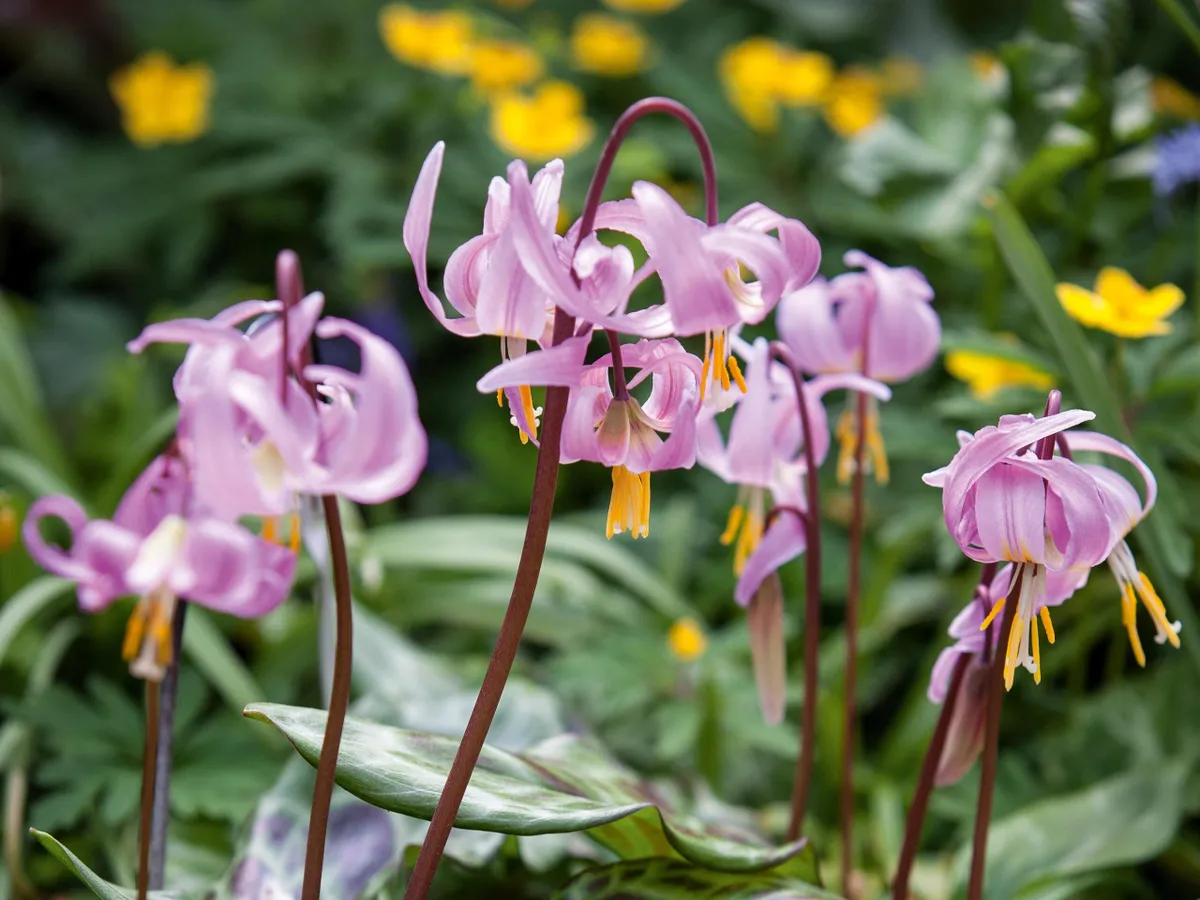
Mottled glossy foliage and masses of pale-pink flowers on mahogany stems. At their best in humus-rich soil in shade. 15cm. AGM. RHS H5, USDA 4a-8b.
Trillium albidum
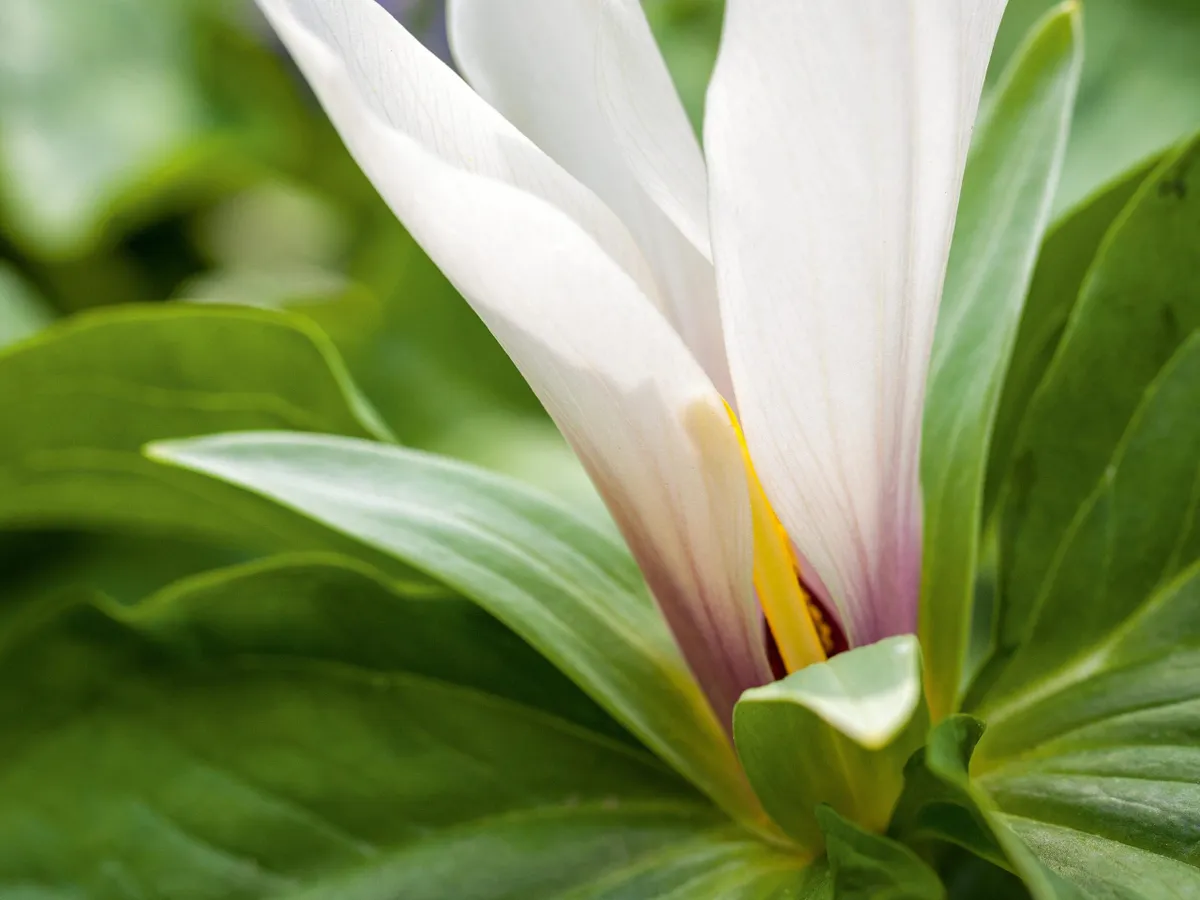
The elegant flowers have the added bonus of producing a sweet, rose-like perfume. Needs rich, moist, acid soil in shade. 45cm. AGM. RHS H5, USDA 5a-8b.
Here's how to grow trillium
Arum creticum
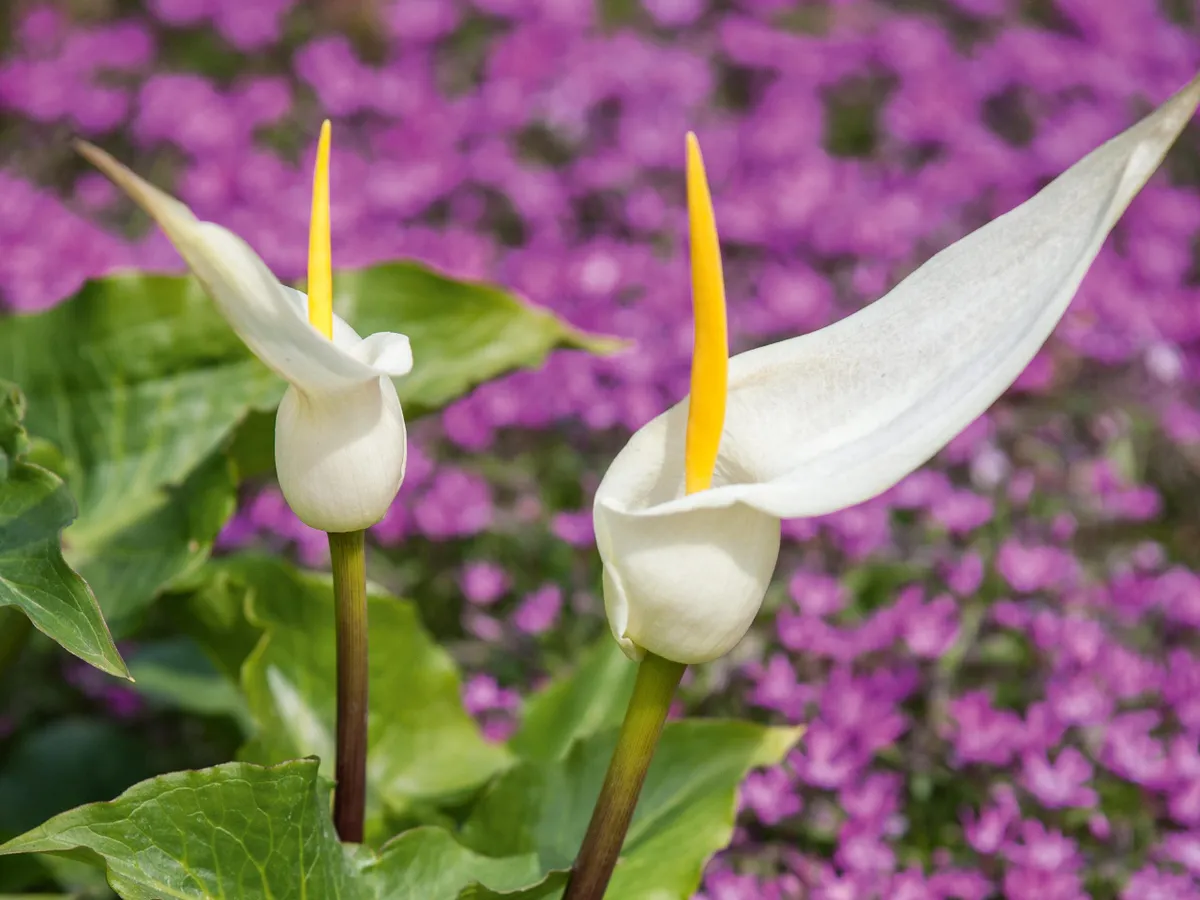
Sweetly scented flowers, reminiscent of honey and lemon. The foliage appears in the autumn and the flowers the following April. 40cm. USDA 8a-10b.
Fritillaria elwesii
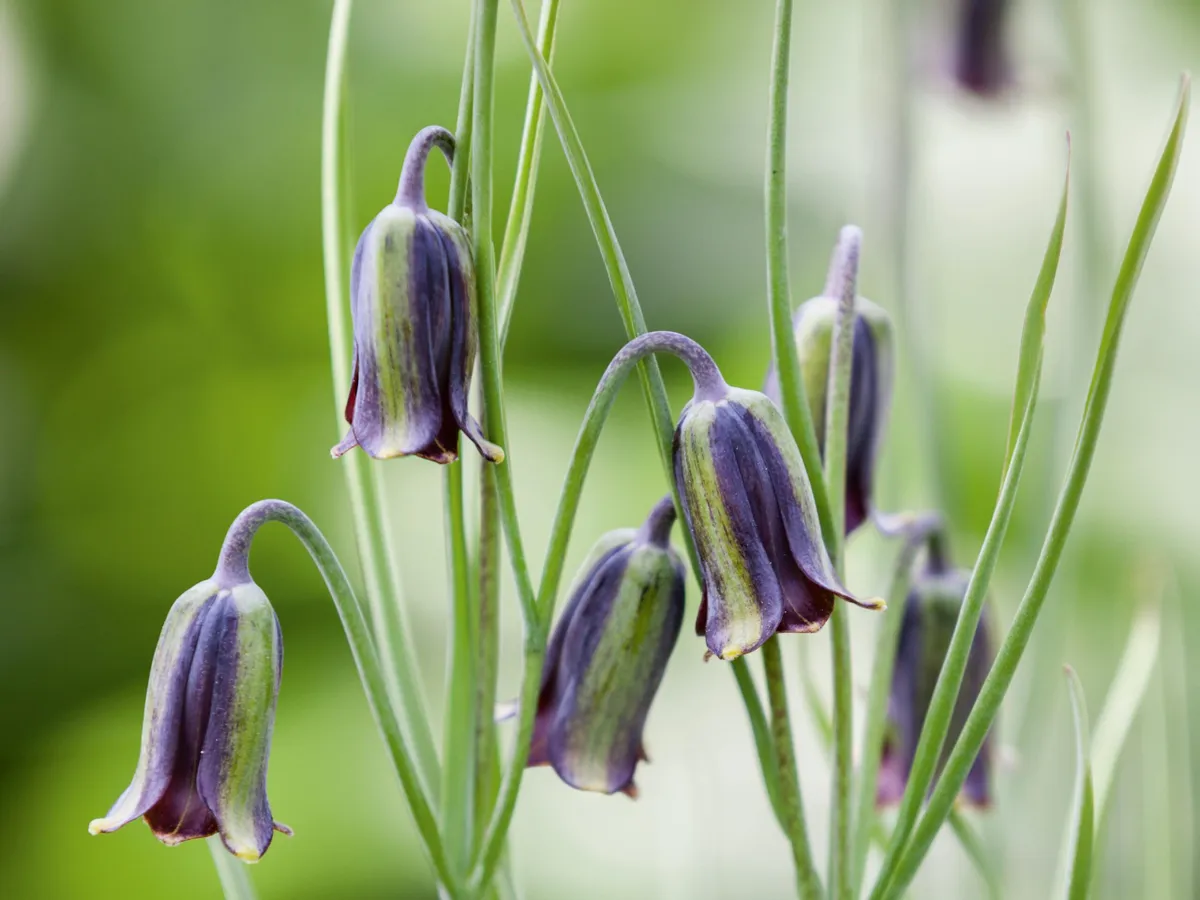
A Fritillaria that is very easy to grow in well-drained soil and which will even naturalise in grass. The wiry stems carry up to three flowers. 35cm.
Tulipa clusiana
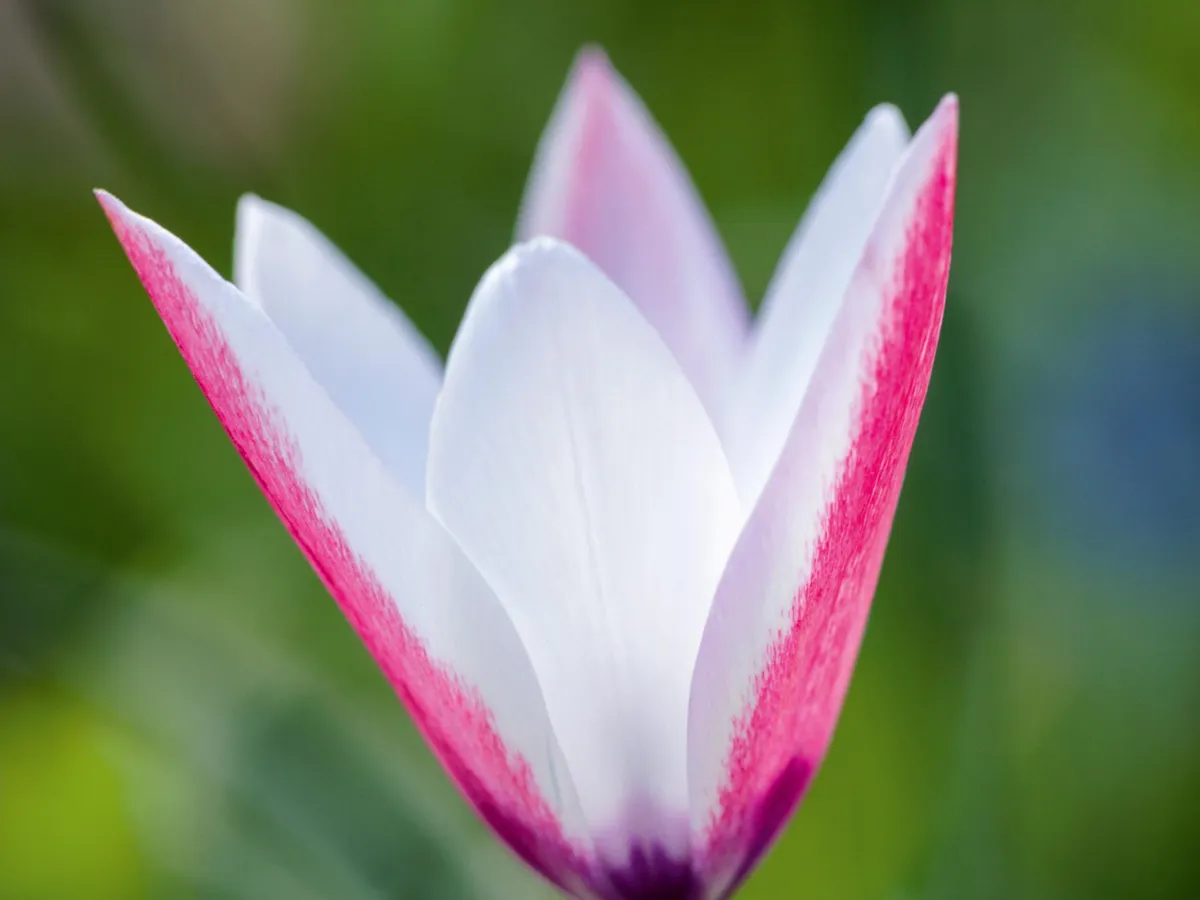
On sunny days the petals widen to form a star, revealing a sparkling white surface with a dark-purple blotch in the centre. Plant deeply in a warm spot. 30cm. USDA 3a-7b.
Bellevalia forniculata
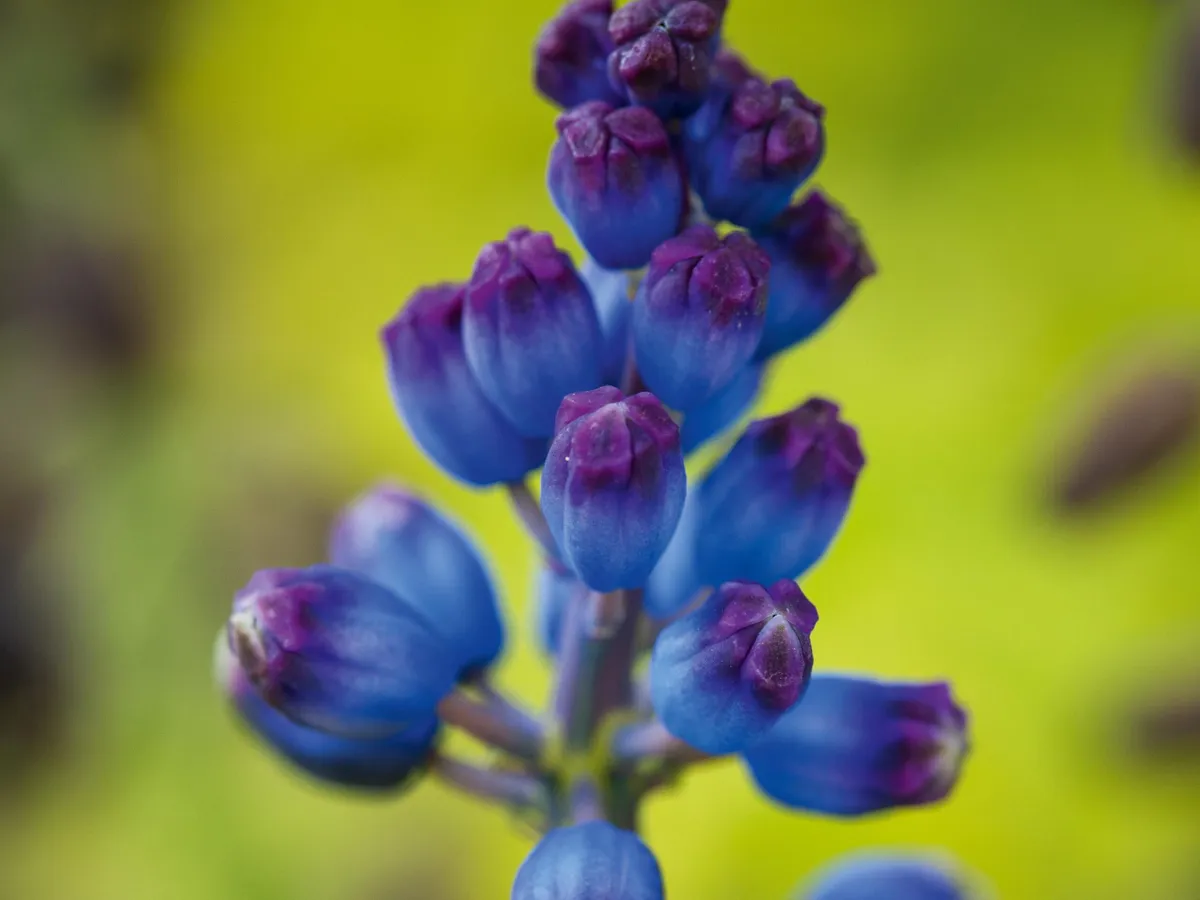
A relative of the common muscari with intense electric-blue and turquoise flowers. Very slow to develop but worth being patient for. 15cm.
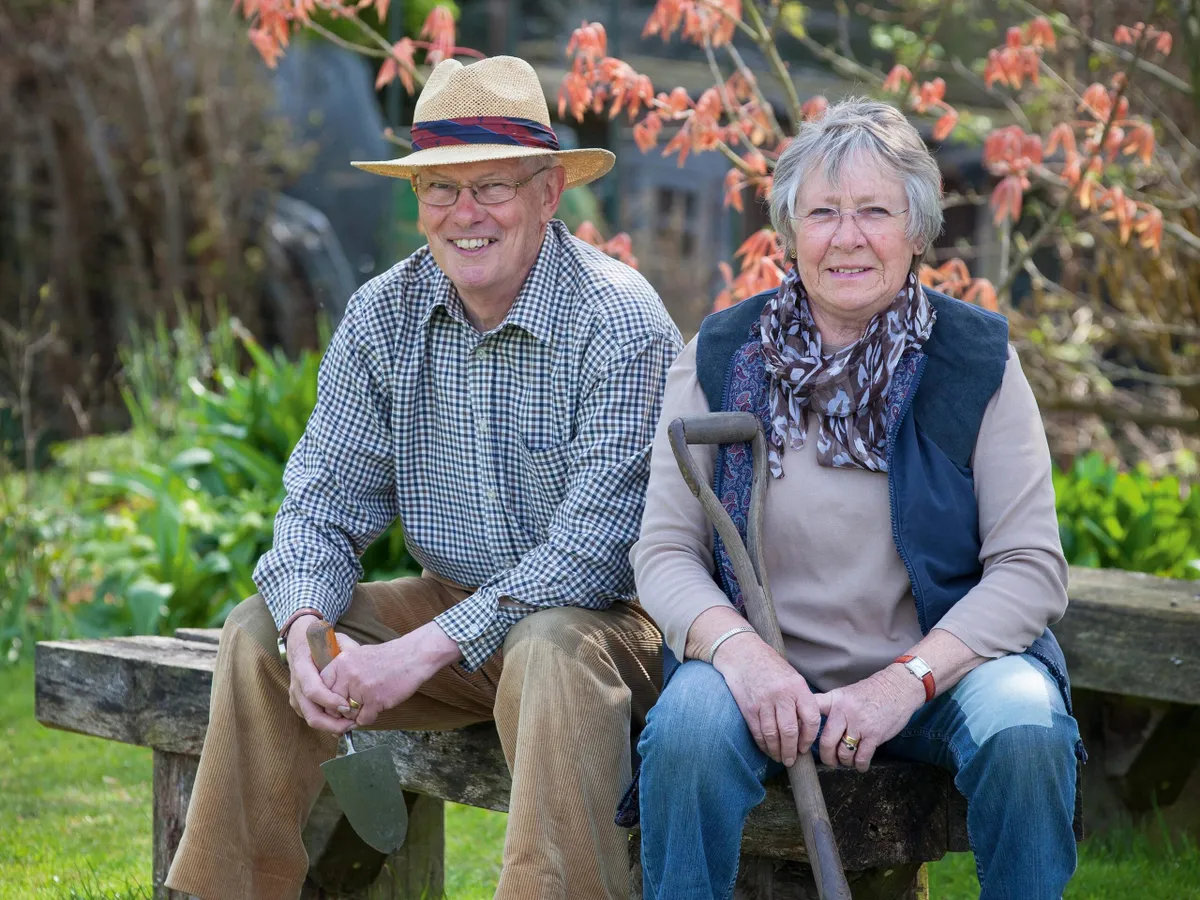
Recommended bulb suppliers
Avon Bulbs, Burnt House Farm, Mid Lambrook, South Petherton, Somerset TA13 5HE. Tel 01460 242177, avonbulbs.co.uk
Jaques Amand, The Nurseries, Clamp Hill, Stanmore, Middlesex HA7 3JS. Tel 020 8420 7110, jacquesamandintl.com
Pottertons Nursery, Cottage Nursery, Moortown Road, Market Rasen, Lincolnshire LN7 6HX. Tel 01472 851714, pottertons.co.uk

